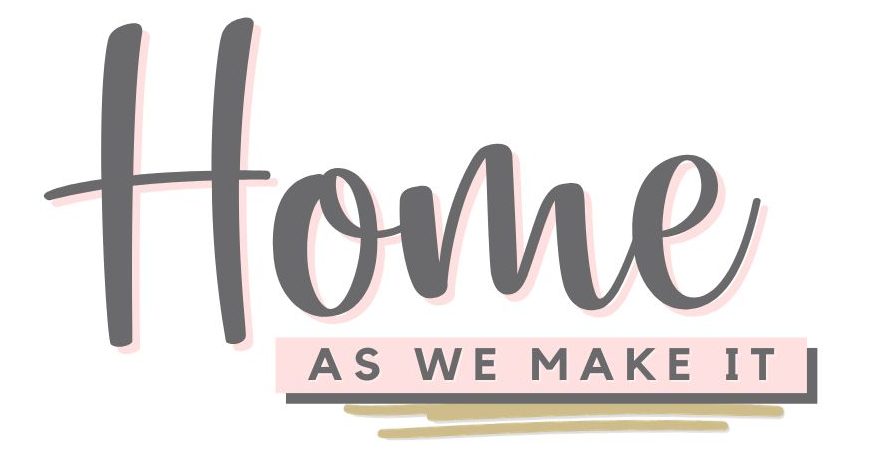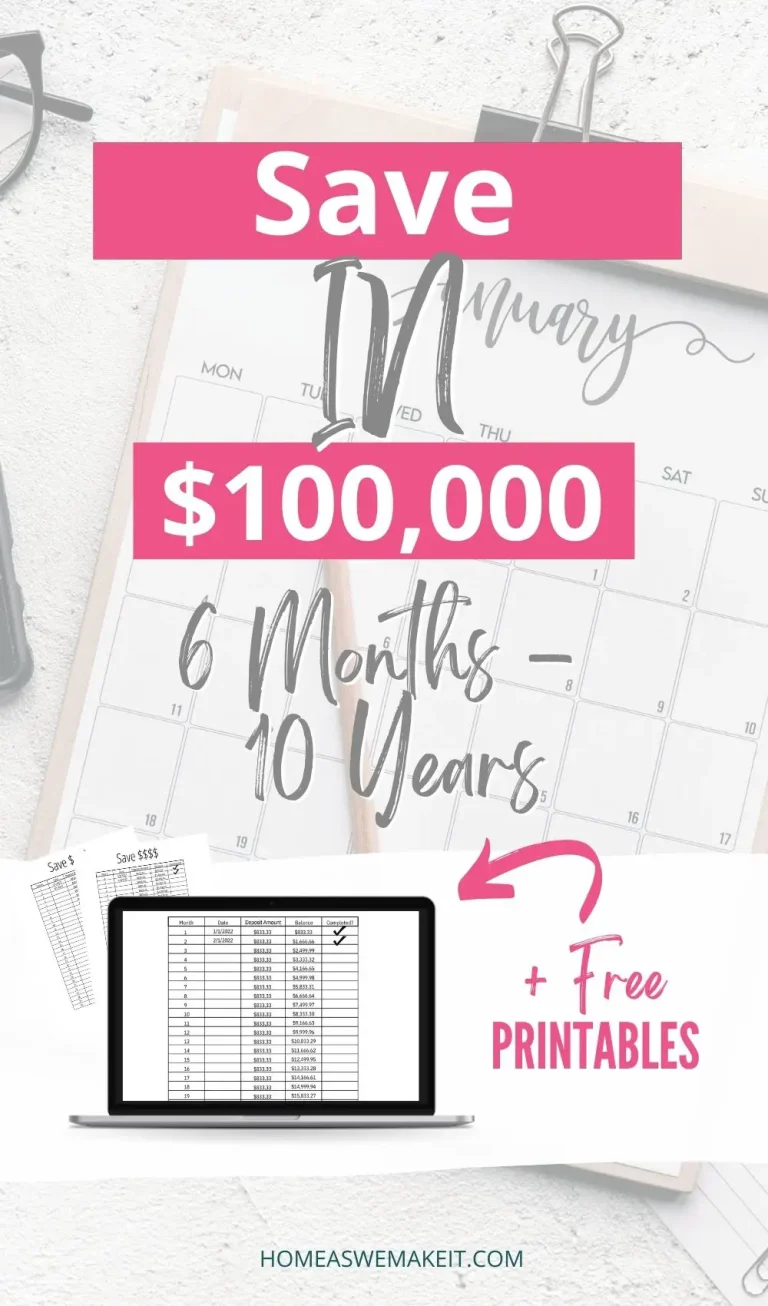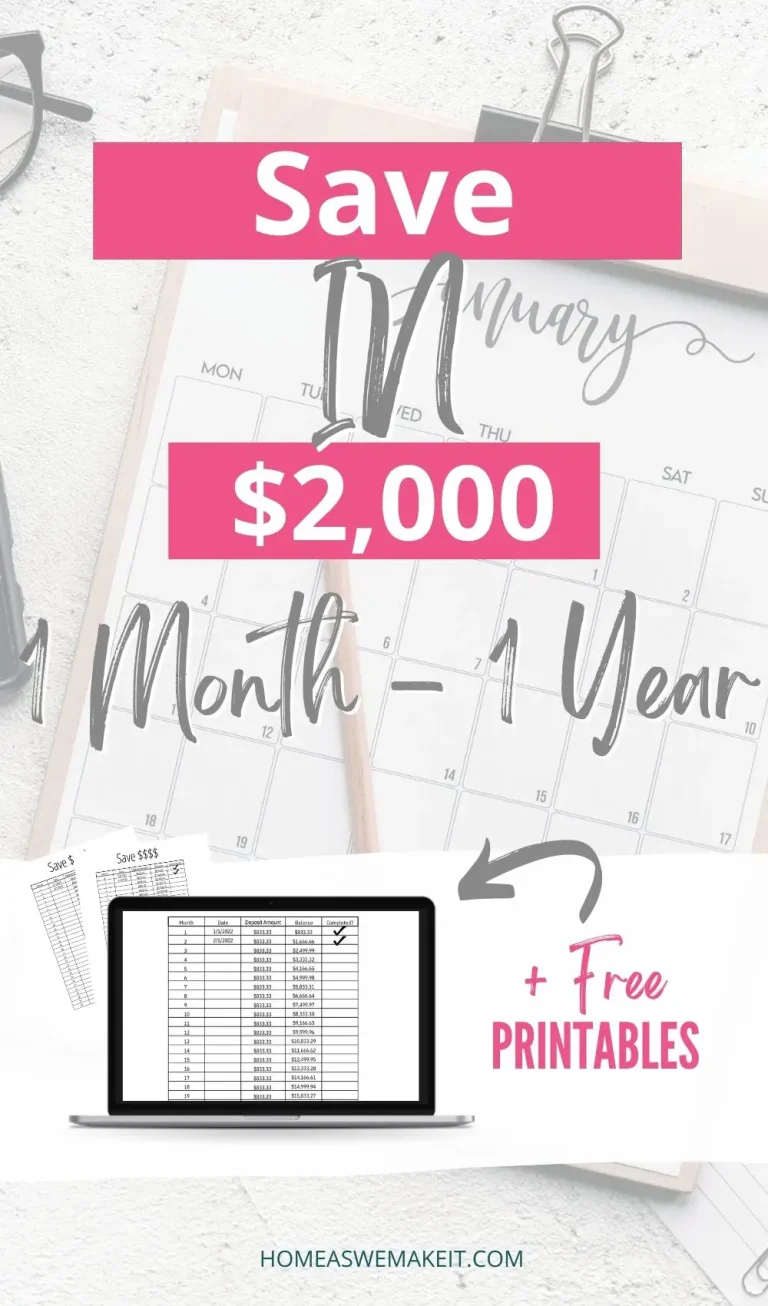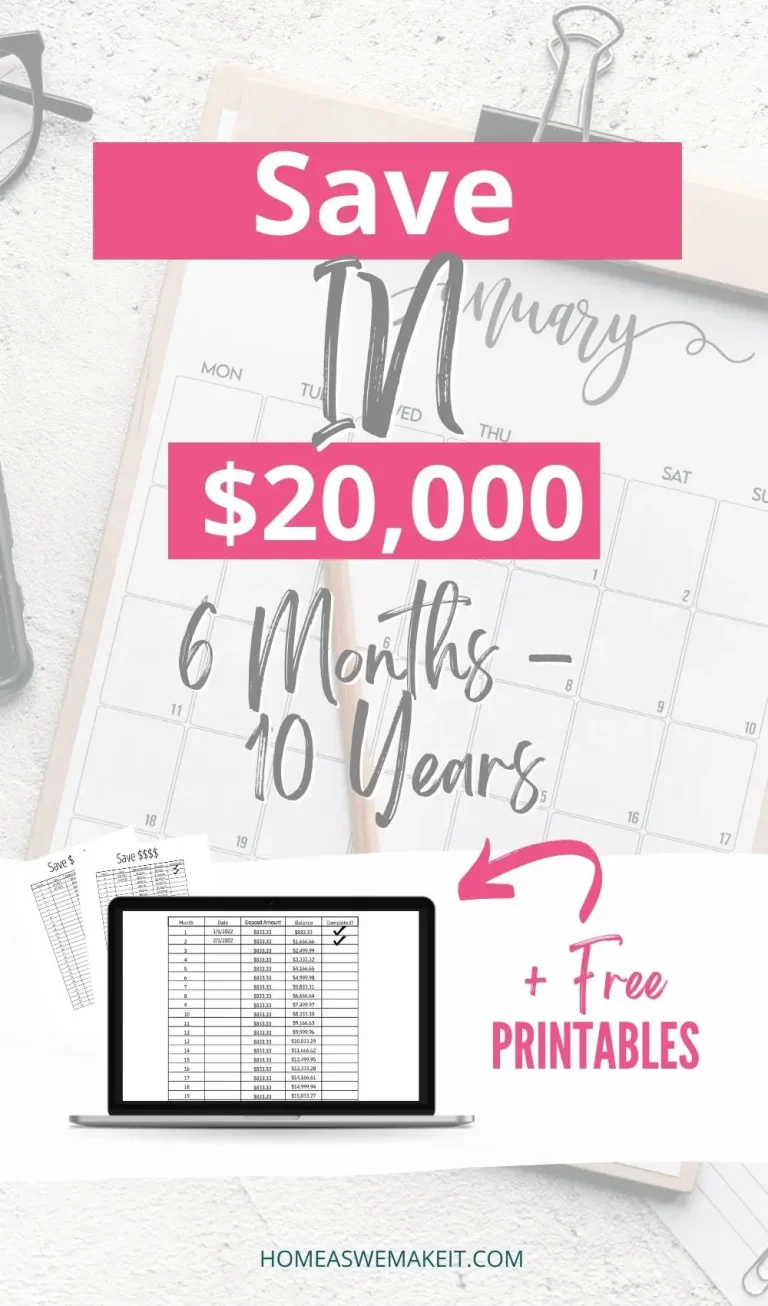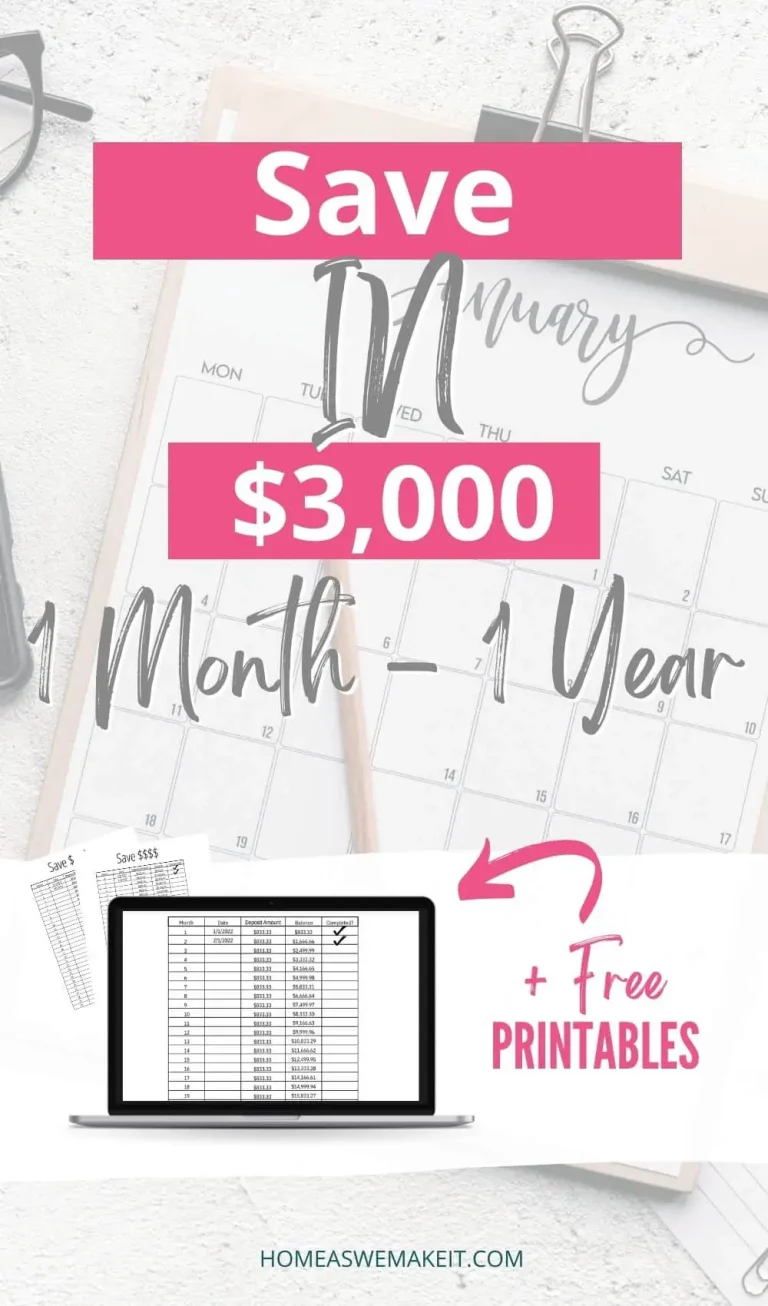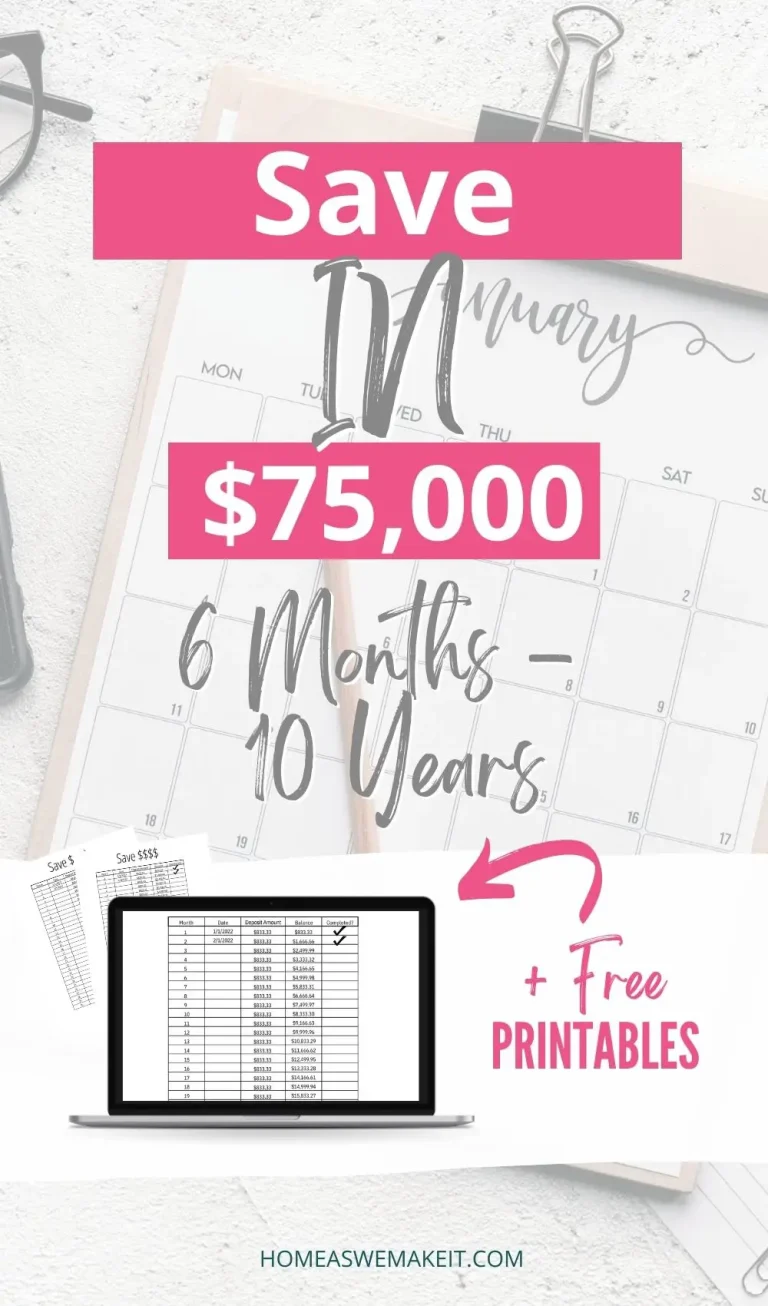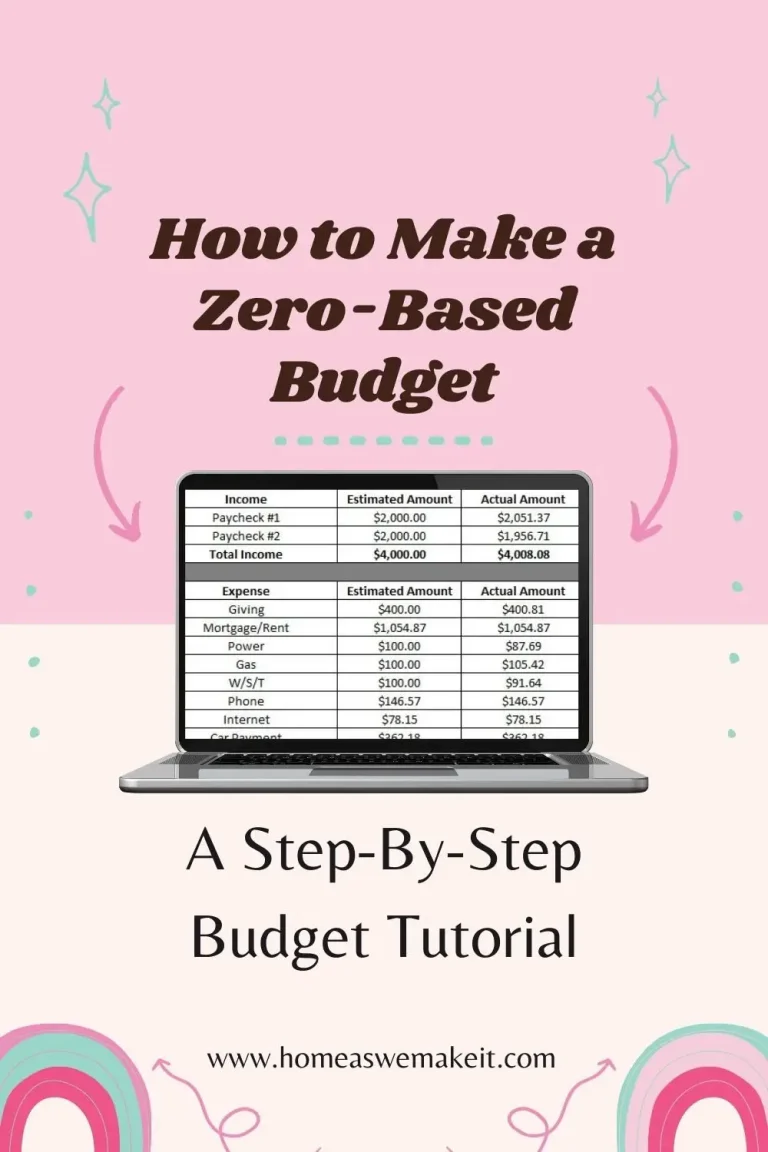4 Simple Tools You Can Use to be Successful Each Month
It’s the end of the month and I’m in the middle of setting goals for the next month. I wanted to share my favorite tools with you that help me have a successful month.

This post contains affiliate links. If you use one of these links, I will make a small commission at no extra cost to you.
Note: This post may contain affiliate links, which means if you buy from my link I might make a small commission. This does not affect the price you pay. See the full affiliate disclosure here.
If you want to design your own planning and tracking tools, you can Get 30 days of Canva Pro for Free. (affiliate link). If you want to use my templates as a base and edit them to fit your own needs, you can start here. The Pro trial will allow you to access special features including resizing and special graphics.
Canva is what I use for all of my planning, tracking, and social media posting. If you don’t want to create your own, you can also use my PDF printables for free by signing up below:
[convertkit form=3039353]
4 Tools to Be Successful Each Month
Use these four tools at the beginning of each month to make you more organized, prepared, and successful.
1. Use a Monthly Goal Sheet
I love to start with a goal sheet before using any other productivity tools. Otherwise, you don’t have a clear directive when using your other tools.
How to Use a Goal Sheet for Success
The goals you set for the month will affect all of the other tools you use on this list. The goals you set each month should be smaller, short-term goals that help you achieve your long-term goals. Or they can be things you can accomplish all in one month. Think about ways you can improve your life and add them to your goals list. Make your goals specific and attainable for the most success.
Some examples of good monthly goals are:
- Workout 3 times a week
- Read for 30 minutes a day
- Lose X amount of weight
- Make and stick to a budget
- Put $300 in savings
Once you are finished filling out your monthly goal sheet, hang it somewhere you will see it often so that you stay on track.
2. Start a Monthly Habit Tracker
You may have seen some really cool habit trackers floating around on social media. I was instantly drawn to these since I really love seeing my task list checked off each day.
How to Use a Habit Tracker for Success
Habit trackers are designed to help you develop healthy habits. These are things like drink X amount of water, exercise for 30 minutes, read scripture, etc. You can choose how often you would like to do these things throughout the month. The habits that go on the tracker are usually things you’d like to do a certain number of days each week or daily.
Use the habit tracker to keep track of important habits that will help you reach your long-term goals. For example, if you are trying to lose weight, you can add in things like working out 3 times a week or tracking the days you don’t eat sugar.
Write the habits you are tracking down on your tracker. Keep the tracker somewhere that you can go over it daily. Reviewing your habit tracker daily will help you stay accountable and on track with your goals.
3. Use a Planner to Schedule Your Month
I don’t know about you but if I don’t track and plan things, they just don’t happen. Using a planner helps me keep my days aligned with my monthly goals.
How to Use a Monthly Planner for Success
I suggest filling out your monthly planner while you are making your goals and filling out your habit tracker. Seeing the tasks you need to do each day will help you keep your goals realistic and precise. At the beginning of the month, write down the major things you need to do each day.
For example, if you are going to work out Mondays, Wednesdays, and Fridays, you need to write down “workout” on all of those days. If you have any appointments or events, write those down too. You should be able to look at your planner and see at a glance what your month looks like. You can then use your monthly planner to break down your weeks and days to have a really efficient schedule.
4. Set a Monthly Budget
Just like you need to budget your time each month, you need to budget your money too. I have a whole post on using a Zero-Based Budget that I really encourage you to check out.
How to Use a Monthly Budget for Success
Keeping track of your money each month will help you reach your long-term financial goals. At the beginning of each month, assess your financial goals. Then create your budget with those goals in mind. If you need to money, make sure you are setting some aside in your budget. You may have to adjust different categories to reach your goals. If you need help setting a savings goal, you can get my free, printable savings trackers here.
